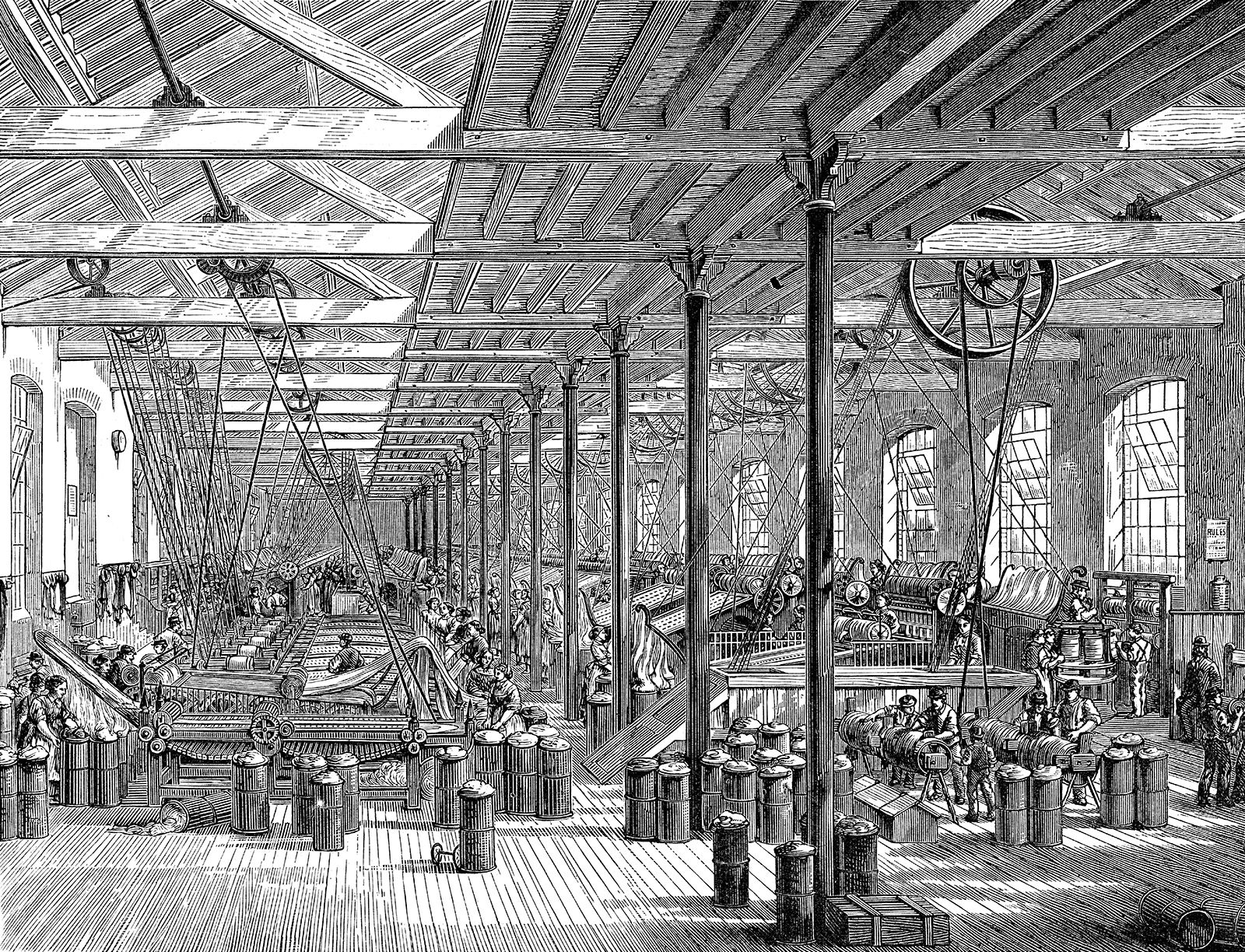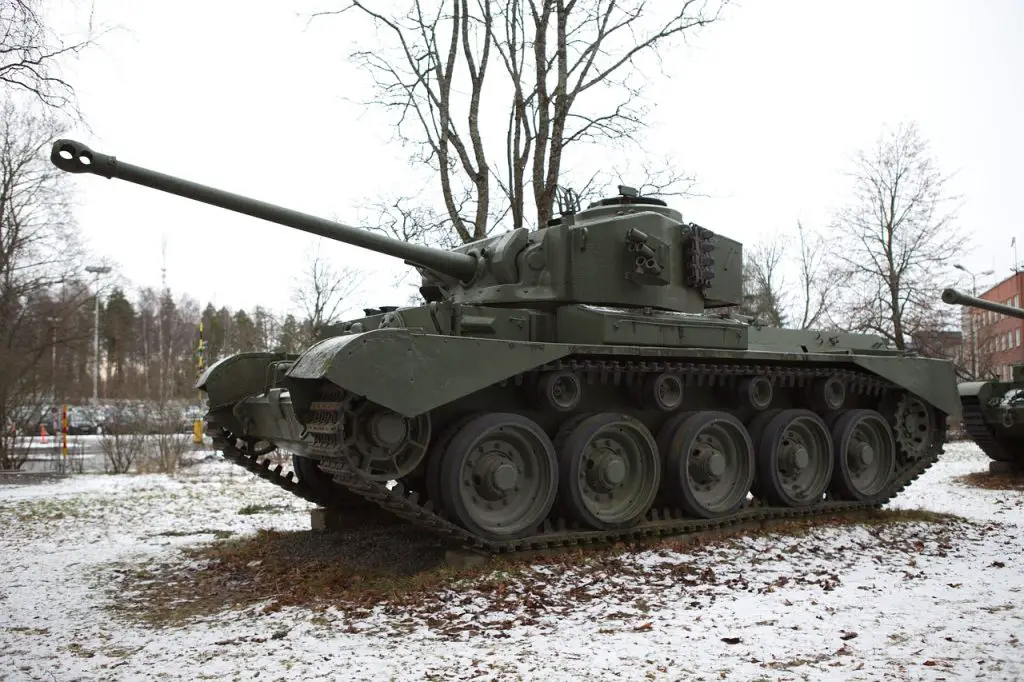Overview
Definition of the Industrial Revolution
The Industrial Revolution, which took place from the late 18th to mid-19th century, was a period of significant technological advancements and economic transformations that had a profound impact on society. It marked a shift from an agrarian and handicraft-based economy to one dominated by mechanized manufacturing and the use of steam power. This revolution was characterized by the invention and implementation of new machinery and processes, which greatly increased the efficiency and productivity of industries. The Industrial Revolution also brought about a massive shift in population from rural areas to urban centers, leading to the rapid growth of cities and the emergence of a new working class. This period of rapid industrialization and urbanization also led to significant social changes and class divisions, as the gap between the wealthy industrialists and the working poor widened. The Industrial Revolution was a turning point in human history, laying the foundation for the modern industrialized world we live in today.
Historical context
The Industrial Revolution, which occurred from the late 18th to early 19th century, was a period of significant technological advancements and societal changes. Historical context played a crucial role in shaping the revolution, as it emerged in a time when Europe was undergoing major transformations. The Enlightenment, with its emphasis on reason and progress, laid the intellectual groundwork for the Industrial Revolution. Additionally, political and social changes, such as the rise of capitalism and the decline of feudalism, created an environment conducive to innovation and economic growth. This combination of factors set the stage for the rapid development of new technologies and the transformation of society as a whole.
Key innovations
The Industrial Revolution was characterized by a multitude of key innovations that revolutionized various industries. One of the most significant innovations was the invention of the steam engine by James Watt in the late 18th century. This breakthrough allowed for the efficient harnessing of steam power, which in turn powered the rise of factories and transformed the manufacturing process. Another important innovation was the development of the spinning jenny by James Hargreaves, which greatly increased the productivity of the textile industry. Additionally, the mechanization of agriculture through inventions such as the seed drill and the mechanical reaper led to increased agricultural productivity and a shift towards large-scale farming. These innovations not only transformed the way goods were produced, but also had a profound impact on society as a whole, laying the foundation for the modern industrialized world.
Impact on Society

Transformation of the economy
The Industrial Revolution brought about a profound transformation of the economy. Gearing up for mass production, industries shifted from small-scale, localized production to large-scale, mechanized production. This shift was fueled by the development and implementation of key innovations such as the steam engine, which powered factories and increased productivity. As a result, the production of goods and services dramatically increased, leading to economic growth and the expansion of markets. Additionally, the Industrial Revolution saw the emergence of new industries and the rise of capitalist economies. Traditional agrarian societies gave way to industrialized economies, with a greater emphasis on manufacturing and trade. This shift in economic structure had far-reaching effects, shaping the social, political, and cultural landscape of the time.
Urbanization and population growth
Urbanization and population growth were two significant outcomes of the Industrial Revolution. As factories and industries emerged, people migrated from rural areas to urban centers in search of employment opportunities. This rapid influx of people into cities led to the expansion and development of urban areas. However, it also resulted in overcrowding, inadequate housing, and unsanitary living conditions. Public health became a major concern as diseases spread easily in densely populated areas. The challenges of urbanization included achieving a balance between urban growth and equity. While cities offered new opportunities for economic advancement, they also exacerbated social inequalities. The growing disparity between the wealthy and the working class gave rise to social tensions and class divisions. It became crucial to address these issues and ensure that the benefits of urbanization were shared by all members of society.
Social changes and class divisions
The Industrial Revolution brought about significant social changes and created new class divisions in society. Urbanization was one of the key social changes that occurred during this period. As people flocked to the cities in search of employment opportunities in the newly established factories, rural areas were depopulated and urban areas experienced rapid growth. This urbanization led to overcrowding, poor living conditions, and the emergence of slums. Additionally, the Industrial Revolution resulted in the formation of distinct social classes. The working class emerged as a new social group, consisting of factory workers who labored long hours in often dangerous and unhealthy conditions for low wages. On the other hand, the bourgeoisie, or the middle class, benefited from the industrial advancements and enjoyed a higher standard of living. The stark contrast between the working class and the bourgeoisie created a significant gap in wealth and power, leading to social tensions and class struggles. The revolutionary impact of AI and cognitive technologies is a contemporary example of how technological advancements can shape social changes and create new divisions in society.
Technological Advancements

Steam power and the rise of factories
The development and widespread use of steam power during the Industrial Revolution had a profound impact on the transformation of society. Steam power revolutionized the way goods were produced, leading to the rise of factories and mass production. With the invention of the steam engine, industries such as textiles, iron and coal mining, and transportation experienced significant advancements. Factories powered by steam engines allowed for increased productivity and efficiency, enabling the production of goods on a much larger scale. This led to the growth of urban areas as people migrated from rural areas to work in factories. The availability of steam power also facilitated the transportation of goods and people, leading to the expansion of trade and the development of new communication networks. The industrial revolution’s influence on warfare was also significant, as steam-powered machinery and weapons played a crucial role in modern warfare. Overall, steam power was a key technological advancement that revolutionized the way societies functioned and had a lasting impact on various aspects of society.
Mechanization of agriculture
The Industrial Revolution brought about a significant transformation in the agricultural sector. Prior to the revolution, agriculture was primarily done using traditional methods, such as manual labor and animal power. However, with the advent of new technologies and innovations, mechanization became a key aspect of agricultural practices. This shift towards mechanization revolutionized the way crops were cultivated, harvested, and processed. One of the key innovations in agricultural mechanization was the development of the reaper. The reaper was a machine that could efficiently cut and gather crops, reducing the need for manual labor and increasing productivity. Another important innovation was the threshing machine, which separated the grain from the stalks and husks, making the process faster and more efficient. These advancements in agricultural technology not only increased crop yields but also allowed for the cultivation of larger areas of land. As a result, the agricultural sector experienced a significant boost in productivity, leading to a surplus of food and a decrease in prices. This surplus of food played a crucial role in supporting the growing urban population and fueling the overall economic growth during the Industrial Revolution.
Transportation and communication revolution
The Industrial Revolution brought about a revolution in transportation and communication that transformed society in unprecedented ways. Prior to this period, transportation was slow and limited, with goods and people primarily moving by horse-drawn carts and boats. However, the advent of steam power and the construction of canals and railways revolutionized transportation, making it faster, cheaper, and more efficient. This allowed for the movement of goods and people on a scale never seen before, leading to the growth of trade and the expansion of markets. Additionally, the development of the telegraph and later the telephone revolutionized communication, enabling people to send messages across long distances in a matter of minutes. This facilitated the exchange of information, the coordination of business activities, and the spread of ideas, further accelerating societal changes. The transportation and communication revolution of the Industrial Revolution laid the foundation for the interconnected world we live in today, where goods, ideas, and information can travel across the globe with ease.
Conclusion

Legacy of the Industrial Revolution
The Industrial Revolution had a profound and lasting impact on society, leaving behind a rich legacy that continues to shape the modern world. One of the key takeaways from this transformative period is the concept of innovation and its role in driving progress. The Industrial Revolution sparked a wave of technological advancements and introduced new ways of thinking and problem-solving. It demonstrated the power of human ingenuity and the potential for revolutionary change. The legacy of the Industrial Revolution can be seen in the continued pursuit of innovation in today’s world, particularly in the context of the 4th Industrial Revolution. This ongoing revolution, characterized by the fusion of digital, physical, and biological technologies, builds upon the foundations laid by the Industrial Revolution. It serves as a reminder of the transformative power of innovation and the importance of embracing change to drive societal progress.
Continued impact on modern society
The Industrial Revolution continues to have a profound impact on modern society, shaping various aspects of our lives. One of the key legacies of the Industrial Revolution is the concept of innovation through collaboration. During this transformative period, individuals and industries came together to create groundbreaking technologies and advancements that revolutionized the way we live and work. The spirit of collaboration and the exchange of ideas led to the development of new inventions and the improvement of existing ones. This collaborative approach to innovation has continued to shape the modern world, fostering creativity, problem-solving, and progress in various fields. The Industrial Revolution serves as a powerful reminder of the importance of collaboration and the potential for WIZ innovation through collaboration in driving societal transformation.
Lessons learned and future implications
The Industrial Revolution has left a lasting impact on society, economy, and technology. It has transformed the way people live, work, and interact with each other. One of the key lessons learned from this period of rapid industrialization is the importance of innovation and adaptability. The Industrial Revolution showed that societies that embraced new technologies and embraced change were able to thrive and prosper. The future implications of the Industrial Revolution are far-reaching. It has paved the way for further advancements in technology and has set the stage for the modern world we live in today. However, it has also raised important questions about the impact of industrialization on the environment, workers’ rights, and social equality. As we move forward, it is crucial to consider these lessons and strive for a balance between progress and sustainability.
Avid Writer with invaluable knowledge of Humanity!
Upcoming historian with over 30 million views online.
“You make your own life.”





